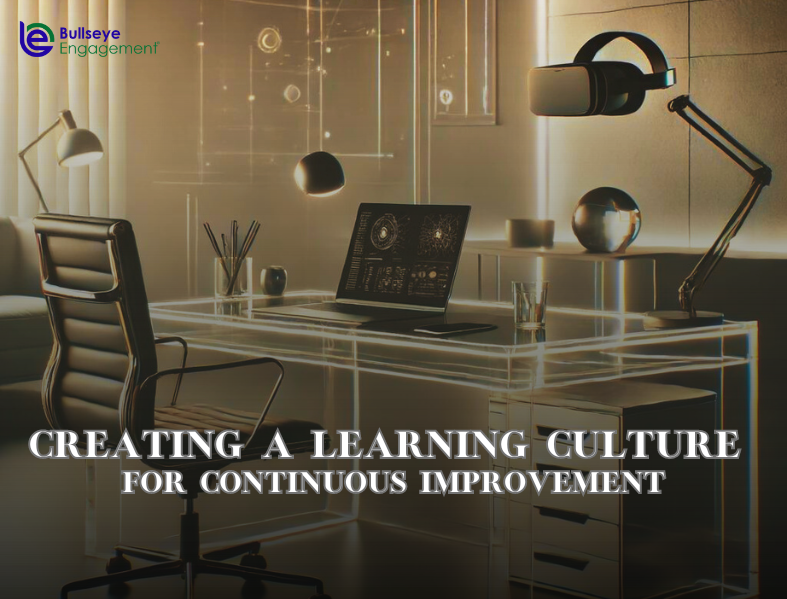
A global research conducted by Boston Consulting Group (September 2010), suggests there are four critical HR topics and talent management is one of them. There is no single definition of talent management, the Chartered Institute of Personnel & Development defines it as:
“The systematic attraction, identification, development, engagement/retention and deployment of those individuals with high potential who are of particular value to an organization, either in view of their „high potential‟ for the future or because they are fulfilling business/operation-critical roles.”
Organizations need to invest in their people and to retain the best people, and for this an effective talent management strategy is needed.
What does it Entail?
According to MIT’s HR website, talent management includes the following:
- Department and workforce assessment
- Talent review
So, a talent management strategy first seeks to understand the context and asses the needs of the various departments, and the skills and abilities needed by them to achieve business objectives. It then focuses on providing tools necessary for holding talent management reviews and discussion and then forming a strategy to close the gap. These reviews and discussions can be structured in multiple ways, such as:
- Talent inventory- Identifying the department’s talent pool
- Succession planning- Increasing readiness of employees for future roles and responsibilities.
- Capability Analysis- Reviewing key tasks and competencies that need to be maintained.
- Knowledge Transfer- Transferring skills and knowledge through peer learning
12 Top Talent Management Tips
Civil Service UK suggests the following best practice approaches towards having an effective talent management strategy:
- Start with the end in mind – Understand what is needed for success in terms of roles, skills, and behaviours before you implement a strategy
- Connect the big people with the process – To set a culture which values talent management, the top leadership should be in the loop.
- Get senior executive buy-in – Senior leaders need to actively participate in the process.
- Evaluate people – Understand the people who perform critical roles and the people who have the potential to perform critical roles in the future
- Tell a compelling story about the organization’s future – Have a narrative, a mission statement about your organization that everyone believes in and then follow it
- Evaluate roles – Know the difference between critical and important roles and then make decisions based on this.
- Get the talent connected and networked – Make sure the talent is managed by good people and get the talent connected with each other.
- Provide career paths – Provide clarity about expectations and the different capabilities required at different levels
- Align talent management with diversity management – Talent Management strategies should include and reflect the positive values of inclusivity and diversity that the organization esteems.
- Don’t lose sight of the exceptional performers – One of the purposes of the talent management system is to retain talented employees, so high performers need to be appreciated and validated.
- Keep the talent pipeline in the functional and professional groups well primed – As well as the general management and leadership pipeline
- Leverage the line managers of the talent – Develop them so that they can develop their talent.
Integrated Talent Management Process
A holistic approach in which the whole company is involved as opposed to the traditional, linear approach towards talent management requires collaboration of senior executives and using systems and technologies to share information across departments. The process also needs to be integrated in that it should encompass measurement, accountability and advancement.
Effective utilization of analytics and tools can lead to a talent management strategy that promotes an engaged and productive workforce able to achieve business objectives.
Image courtesy of Stuart Miles / FreeDigitalPhotos.net

















